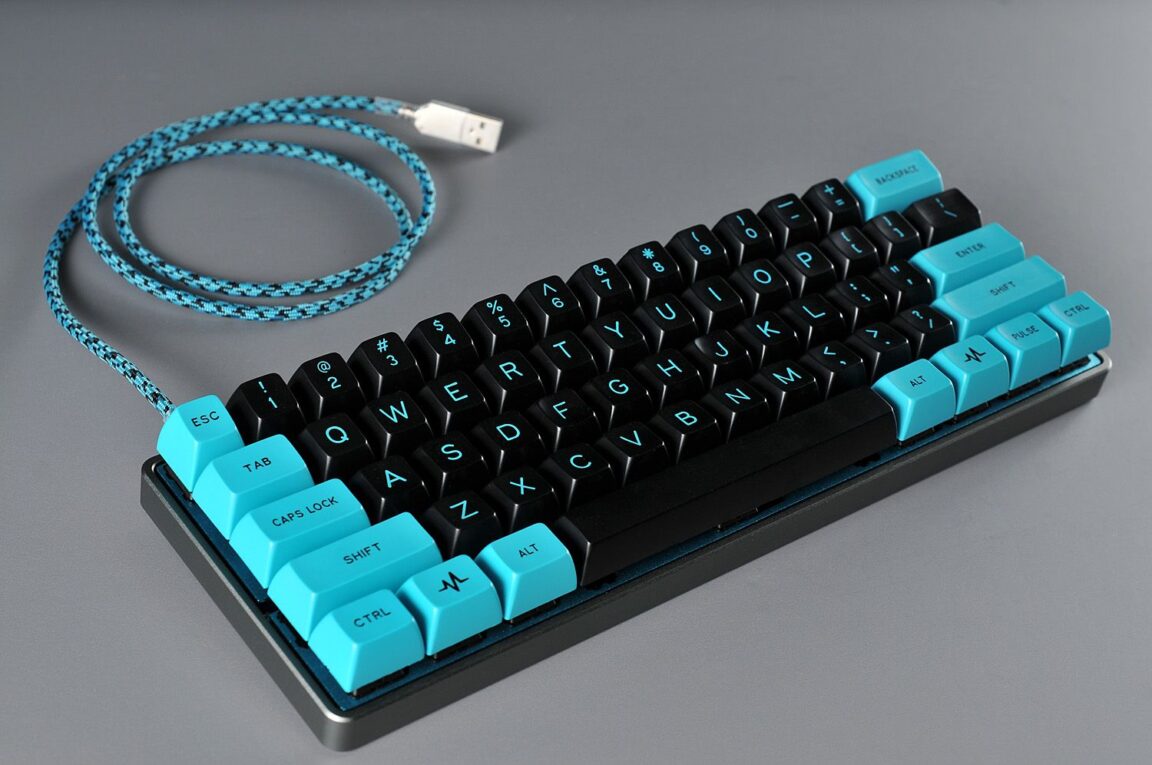Mechanical keyboards were once the standard for computers but gave way to cheaper and slimmer membrane keyboards in the past few decades. However, there has been a resurgence in the popularity of mechanical keyboards thanks to their durability, customizability, and nostalgic appeal. Let’s take a deeper look at why mechanical keyboards are making a comeback.
Mechanical keyboards first emerged in the late 1960s and were the exclusive keyboard technology used in computers throughout the 1970s and 1980s. They used mechanical switches beneath each key that provided tactile feedback when pressed. In the 1990s, membrane keyboards started gaining popularity as the PC market exploded. Membrane keyboards were significantly cheaper to manufacture and allowed for thinner keyboard designs. This led most major PC makers to switch to rubber dome/membrane keyboards by the late 1990s.
Through the 2000s, membrane keyboards dominated the mainstream PC market. However, a small community of enthusiasts kept the mechanical keyboard tradition alive. They appreciated qualities like the long lifespan, reliability, and precise typing feel of mechanical switches. This grassroots following helped preserve mechanical keyboards as a niche product over the subsequent decades.
Return to Popularity
In the 2010s, mechanical keyboards started regaining prominence thanks to a confluence of factors. First, the gaming community embraced mechanical keyboards for their durability and gamer aesthetic. Typing speed and accuracy are important for gamers, giving mechanical keys an advantage. Second, the custom PC building scene brought renewed interest in high-end components and customization. Mechanical keyboards fit perfectly with this DIY ethos.
Manufacturers took notice of the growing demand and started expanding their mechanical keyboard offerings. Companies like Das Keyboard, Ducky, Cooler Master, and Logitech entered the market with pre-built options. Custom keyboard companies like WASD, KUL, and iKBC catered to enthusiasts looking to fully customize every aspect. The variety of switches, keycap styles, and cases allowed users to build precisely the keyboard they wanted.
Enthusiast forums and YouTube reviews spread the word about mechanical switches and their benefits. Sites like Reddit’s r/MechanicalKeyboards became vibrant online communities for discussing and comparing keyboards. As mainstream awareness grew, many nostalgic former PC users in their 30s-40s rediscovered mechanical keyboards and the satisfying typing experience they recalled from childhood. Big tech YouTubers further fueled interest through “ASMR video” demonstrations of mechanical typing sounds.
Today’s Landscape
The current mechanical keyboard market caters to a wide variety of users. Gamers can choose RGB keyboards with linear or tactile clicky switches optimized for speed. Programmers and writers gravitate towards quieter tactile or linear switches for long typing sessions. Enthusiasts regularly swap keyboard parts, assemble custom boards from scratch, and attend local meetups.
Major manufacturers ensure wide availability with pre-built options at all price points from $50 entry-level boards to $300 customs. Smaller boutique companies pump out limited group buy runs of unique designs. Popular switch types include Cherry MX, Kailh, Gateron, and Outemu—but over 50 switch varieties exist to cater to individual preferences. Stabilizers, case materials, keycap profiles—every part of a keyboard can now be optimized.
Mainstream Adoption Continues
While always a niche sector, Mechanical Keyboard achieved a new level of popularity and cultural recognition in the 2010s. Their higher price tags are no longer a barrier, as users see their durability and customizability as long-term investments.
As more people experience mechanical keyboards through recommendations, store displays, or coworker conversions, mainstream adoption should continue increasing throughout the 2020s. As membrane keyboards ultimately fade into obsolescence, mechanical designs may regain the marketshare they once held decades ago. With their blend of functionality, customization, and nostalgia, mechanical keyboards seem poised to remain dominant for years to come.
*Note:
1. Source: Coherent Market Insights, Public sources, Desk research
2. We have leveraged AI tools to mine information and compile it

